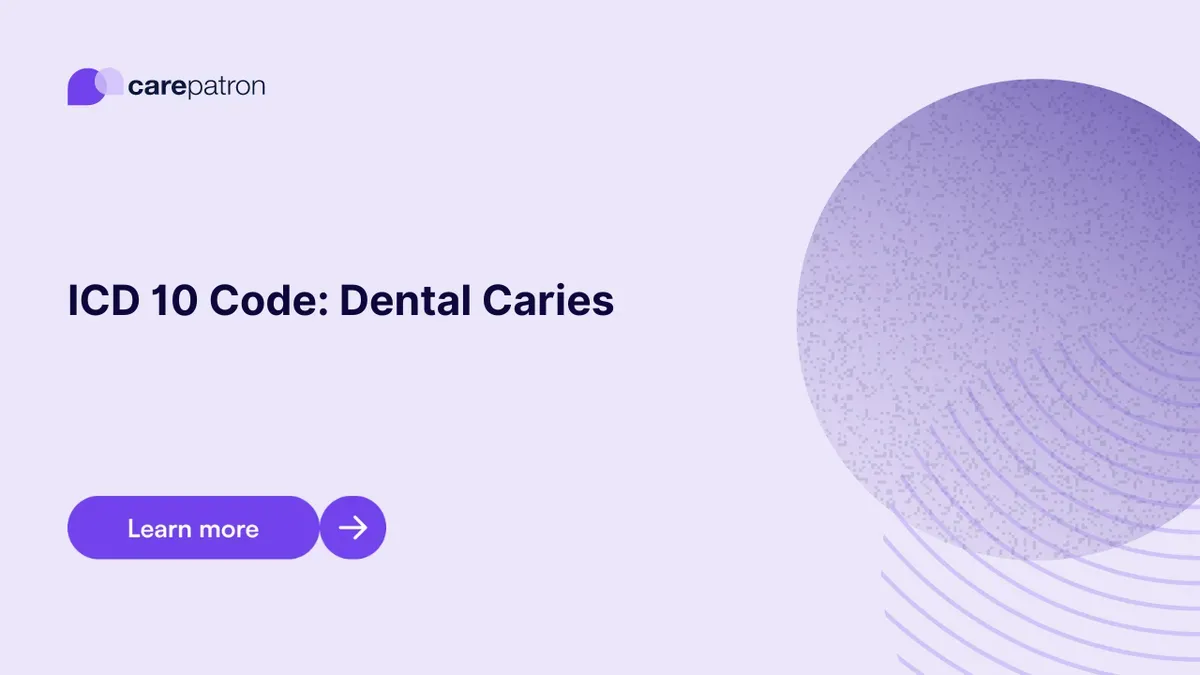
Dental Caries ICD-10-CM Codes
Discover the most commonly used ICD-10 codes for dental caries, their clinical descriptions, and their significance in dental diagnosis and billing procedures.
Use Code
Commonly asked questions
Use a Dental Caries ICD code when diagnosing a patient with tooth decay or cavities during a dental exam.
Common treatments include fillings, crowns, root canals, and, in severe cases, tooth extraction.
A diagnosis code for Dental Caries represents the specific type and location of tooth decay a patient has been diagnosed with. These codes are used for billing and medical records.
EHR and practice management software
Get started for free
*No credit card required
Free
$0/usd
Unlimited clients
Telehealth
1GB of storage
Client portal text
Automated billing and online payments
